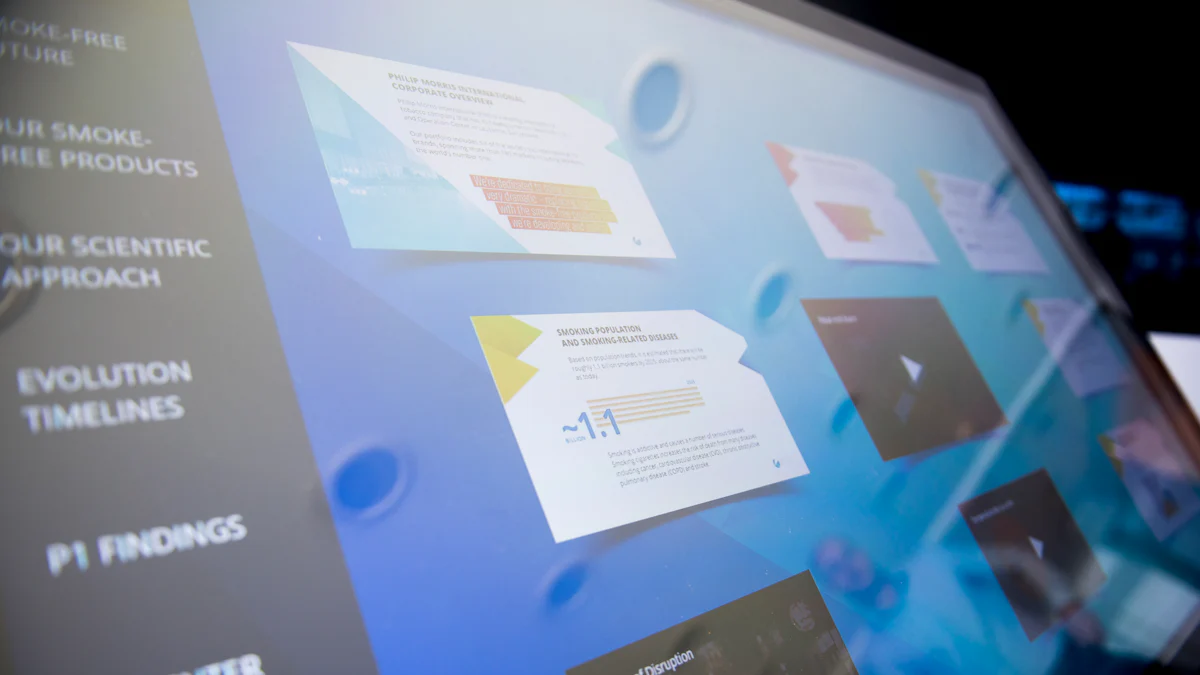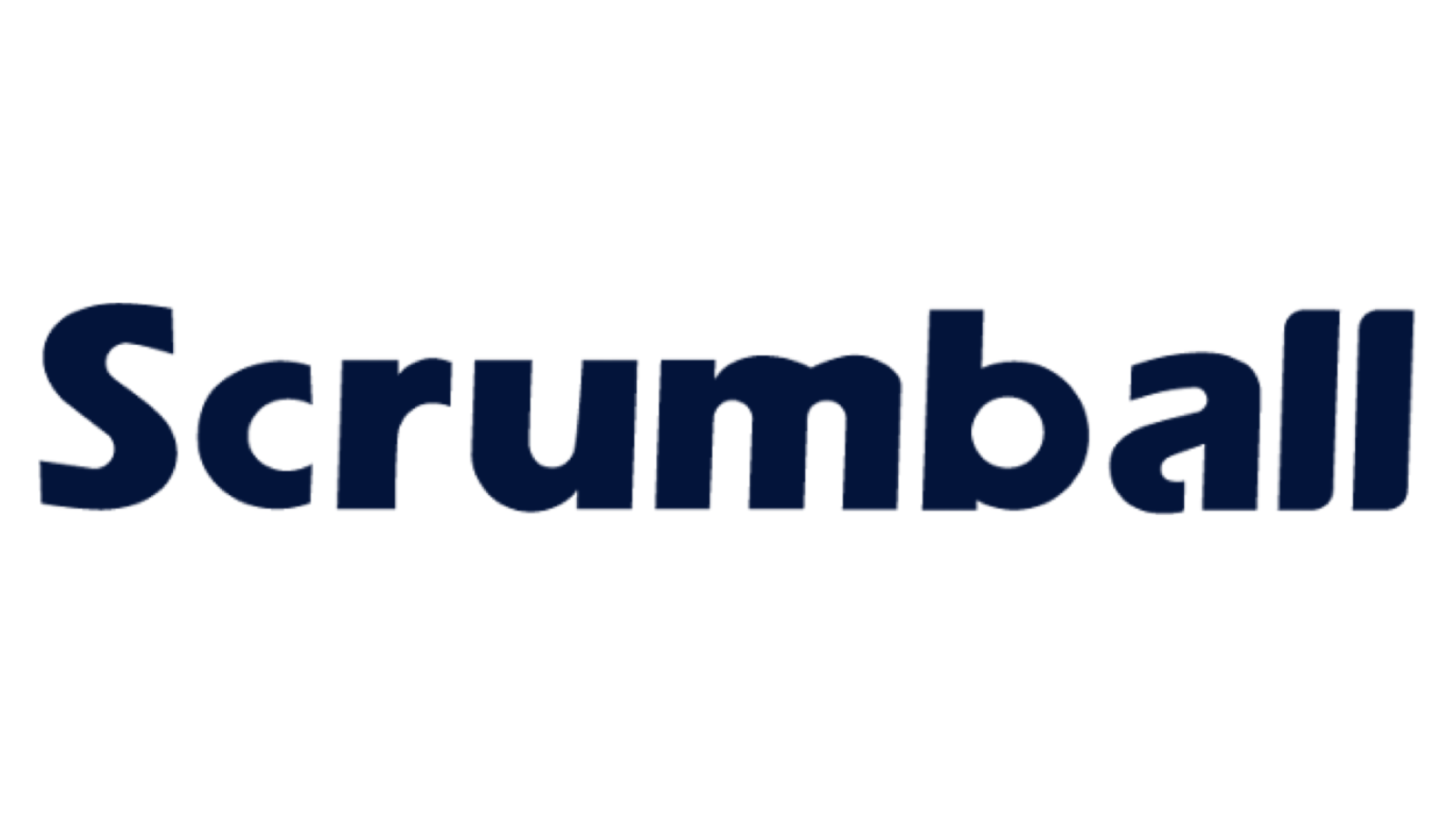The Evolution of Marketing Automation Software Over the Decades

Marketing automation has revolutionized how businesses connect with their customers, and understanding what is marketing automation software is crucial in this landscape. It enables you to create campaigns tailored to specific audiences, boosting engagement and conversion rates. For example, a retailer can identify eco-conscious shoppers and promote sustainable products through automated strategies. This level of personalization transforms customer experiences and maximizes ROI.
Understanding the evolution of marketing automation is essential for modern marketers. It reveals how advanced tools, including what is marketing automation software, enhance efficiency and improve campaign outcomes. With the industry projected to grow to $6.62 billion by 2024, staying informed ensures you can leverage these advancements for better results.
Early Beginnings of Marketing Automation

What is Marketing Automation Software?
Marketing automation software refers to tools that help you streamline repetitive marketing tasks. These tools allow you to create, execute, and track campaigns efficiently. For example, you can automate email campaigns, schedule social media posts, and analyze customer behavior. This software saves time and ensures consistent communication with your audience. Understanding what is marketing automation software is essential because it forms the foundation of modern marketing strategies.
The Origins of Marketing Automation
Early tools and their limitations
The history of marketing automation begins in the early 1990s. At that time, businesses relied on basic tools to manage campaigns. These tools lacked the sophistication of today’s platforms. For instance, Unica’s ‘Enterprise Marketing Management’ software, launched in 1992, introduced a better way to handle campaigns. However, these early tools had limitations. They required significant manual input and offered limited personalization options.
By 1999, the internet user base had grown, paving the way for more advanced tools like Eloqua and Salesforce. These platforms introduced features such as lead scoring, which allowed marketers to prioritize potential customers.
The rise of basic email marketing platforms
The timeline of marketing automation saw a major shift with the rise of email marketing in the late 1990s. Tools like Constant Contact and Mailchimp emerged, enabling businesses to send bulk emails. These platforms allowed you to reach a larger audience while maintaining a personal touch. This marked a turning point in the historical overview of marketing automation tools. Email marketing became a cornerstone of automated strategies, helping businesses nurture leads effectively.
Early Technological Milestones
The influence of early CRM systems
The development of marketing automation tools owes much to early CRM systems. Introduced in the 1980s, these systems transformed how businesses managed customer data. They allowed you to store and organize customer information systematically. This innovation made it easier to create targeted campaigns. CRM systems also enhanced communication by providing insights into customer preferences.
Challenges faced by marketers in the pre-automation era
Before marketing automation software became mainstream, marketers faced significant challenges. Campaigns required extensive manual effort, from data collection to execution. Tracking results was time-consuming and often inaccurate. The lack of automation limited your ability to scale campaigns or personalize communication. These challenges highlight the importance of understanding the historical overview of marketing automation and its timeline.
The Growth Phase: 2000s to 2010s
The Rise of Email Marketing
Tools like Constant Contact and Mailchimp
Email marketing platforms like Constant Contact and Mailchimp transformed how you communicate with your audience. These tools introduced automation features that allowed you to send targeted messages based on customer behavior. For example, you could send follow-up emails to customers who abandoned their shopping carts. Personalization features helped you build one-to-one relationships by tailoring recommendations and reminders. Advanced analytics tools provided insights into open rates and click-through rates, enabling you to refine your strategies for better results. These innovations made email marketing a cornerstone of marketing automation.
How email marketing transformed customer communication
Email marketing redefined how businesses interact with customers. It allowed you to reach a large audience while maintaining a personal touch. Automated email campaigns ensured consistent communication, helping you nurture leads and build trust. By analyzing campaign performance, you could identify what worked and improve future efforts. This approach not only saved time but also enhanced engagement, making email marketing an essential part of modern marketing automation.
CRM Integration and Key Players
Platforms like Salesforce and HubSpot
CRM platforms like Salesforce and HubSpot played a pivotal role in integrating marketing automation. These platforms streamlined sales and marketing processes, linking your teams for better workflow efficiency. Synchronizing data across both platforms ensured everyone had access to the same information. In the 2010s, businesses began recognizing the benefits of combining CRM and marketing automation into a single platform. Companies like HubSpot and Marketo offered integrated solutions, making it easier for you to manage customer relationships and marketing efforts in one place.
The impact of Eloqua and Marketo
Eloqua, recognized as the first modern marketing automation solution, introduced features like lead scoring. This innovation allowed you to prioritize prospects based on their engagement levels. The success of Eloqua inspired competitors like Marketo, which further advanced the industry. Major acquisitions, such as Oracle’s purchase of Eloqua and Adobe’s acquisition of Marketo, highlighted the growing importance of marketing automation. These developments made it clear that marketing automation was no longer optional—it was essential.
Marketing Automation Goes Mainstream
Transition from manual processes to automation
The transition from manual marketing processes to automation marked a significant shift. Healthy data management became crucial for avoiding costs associated with poor data quality. Automated interactions allowed you to nurture relationships with prospects more effectively. Lead scoring helped you qualify prospects based on their engagement, enabling better prioritization. These advancements simplified your workflows and improved your ability to scale campaigns.
Data-driven marketing and its growing importance
During this phase, data-driven marketing gained prominence. Businesses began using tools like Google Analytics to understand customer behavior and refine campaigns. Big Data allowed you to segment customers based on demographics and purchase history, leading to more targeted campaigns. For instance, a retailer could identify eco-conscious customers and promote sustainable products through automated campaigns. This approach enhanced personalization and helped you stay competitive in a rapidly evolving market.
The Modern Era: 2010s to Present
Omnichannel Marketing and Customer Journeys
Integration of multiple channels for seamless experiences
In the modern marketing automation landscape, omnichannel strategies have become essential. By integrating multiple channels, you can provide a seamless customer experience across touchpoints. For instance, a customer who interacts with your brand online expects the same level of service in-store. This consistency builds trust and loyalty. According to a report by Aberdeen Group, companies with strong multi-channel strategies retain 89% of their customers, compared to just 33% for those with weak strategies. Tools like customer journey mapping help you visualize interactions across channels, identify gaps, and enhance the overall experience.
Examples of successful omnichannel campaigns
Many brands have excelled in creating omnichannel experiences. The table below highlights some notable examples:
| Brand | Strategy Description | Outcome |
|---|---|---|
| Sephora | Integrated in-store and digital experiences, allowing for flexible delivery options. | Enhanced customer engagement and convenience. |
| Amazon | Blended online and offline touchpoints, offering package pickup options. | Improved customer control over their journey. |
| Disney | Utilized customer data for a seamless experience at resorts. | Exceptional blending of online and offline experiences. |
| NA-KD | Unified customer data to create personalized shopping experiences. | 25% increase in customer lifetime value (CLTV) and 72x ROI in 12 months. |
These campaigns demonstrate how omnichannel strategies can lead to improved customer experience and higher engagement.
AI-Driven Personalization in Marketing Automation
Machine learning and customer behavior insights
Machine learning has revolutionized modern marketing automation by enhancing personalization. It analyzes large datasets to uncover patterns and predict customer behaviors. This allows you to create personalized marketing strategies that resonate with specific segments. For example, predictive analytics can forecast customer preferences, enabling you to deliver tailored recommendations. Machine learning also optimizes campaigns by continuously analyzing performance and adapting strategies to improve engagement. By leveraging this technology, you can offer advanced personalization that enhances the customer experience.
Real-world examples of AI-powered tools
Several AI-powered tools have emerged to support personalized customer engagement. These include:
- Reply.io: Automates cold email campaigns and uses AI to score responses, identifying promising leads.
- Social Media Automation Tools: Streamline post scheduling and campaign management across platforms.
- AI-Powered Advertising Solutions: Improve targeting, ad placement, and messaging for more effective campaigns.
These tools showcase how AI can drive advanced personalization and improve marketing outcomes.
Advanced Analytics and Predictive Insights
The role of predictive analytics in decision-making
Predictive analytics plays a critical role in modern marketing decision-making. It uses historical data and machine learning to forecast trends and behaviors. This helps you optimize strategies and achieve better results. For instance, predictive modeling can identify high-value customer segments, forecast sales, and reduce churn. By leveraging these insights, you can make data-driven decisions that enhance personalized customer engagement and improve campaign success rates.
Leveraging data for competitive advantage
Advanced analytics provides a significant competitive edge. Companies that prioritize data analytics are 2.5 times more likely to make faster decisions than their competitors, according to Forrester. Walmart, for example, processes over 2.5 petabytes of data daily to optimize inventory and improve customer experiences. McKinsey reports that businesses effectively using analytics can boost profitability by 6% to 8%. By embracing advanced analytics, you can transform operations and stay ahead in the market.
Current Trends and Future of Marketing Automation

AI and Machine Learning in Marketing
Predictive analytics and customer segmentation
AI and machine learning are reshaping marketing automation by enabling smarter decision-making. Predictive analytics helps you anticipate customer behavior by analyzing historical data. This allows you to create highly targeted campaigns that resonate with specific audiences. For example, platforms like HubSpot use lead scoring to identify potential customers, helping you focus on high-value prospects. Machine learning also automates workflows, saving time and improving efficiency. By leveraging these tools, you can deliver personalized experiences that drive engagement and increase conversion rates.
Chatbots and conversational marketing
Chatbots have become a cornerstone of conversational marketing. These AI-powered tools provide instant support, ensuring 24/7 availability for your customers. They can handle multiple queries simultaneously, making them scalable and cost-efficient. For instance, Sephora’s chatbot on Facebook Messenger offers personalized product recommendations and automates order tracking. Chatbots also gather feedback, helping you refine future interactions. By integrating chatbots into your strategy, you can enhance customer satisfaction and foster increased brand loyalty.
Emerging Technologies in Marketing Automation
IoT and its potential in marketing strategies
The Internet of Things (IoT) is driving rapid innovations in automation. Connected devices collect real-time data, enabling precise targeting and predictive insights. For example, geofencing technology sends personalized messages to customers near your store, increasing the likelihood of visits. Smart product labels, such as QR codes, guide users to related offers, enhancing engagement. IoT also facilitates automated advertising, allowing you to make strategic decisions based on real-time data. These advancements position IoT as a key player in the future of marketing automation.
Blockchain for data security and transparency
Blockchain technology offers a secure and transparent approach to marketing automation. Its decentralized nature combats ad fraud by verifying impressions and clicks. Smart contracts automate payments, reducing the risk of fraud. Blockchain also gives users control over their personal data, fostering trust. Additionally, it provides a transparent record of transactions, enabling you to track ad spend and campaign performance effectively. By adopting blockchain, you can ensure data security and build stronger relationships with your audience.
The Future of Marketing Automation
Hyper-personalization and real-time marketing
Hyper-personalization is the next frontier in marketing automation. By using real-time data and advanced analytics, you can tailor experiences to individual preferences. For example, Target’s integration of online and offline experiences led to a significant sales boost, showcasing the power of hyper-personalization. Nearly 73% of consumers expect personalized interactions, making this trend essential for staying competitive. Real-time marketing further enhances engagement by delivering relevant content at the right moment, driving better results.
Ethical AI and its growing importance
As AI adoption grows, ethical practices have become crucial. Ethical AI ensures transparency, fairness, and authenticity in your marketing efforts. Companies that prioritize ethical AI build trust and protect their reputation, which accounts for over 25% of market value. By focusing on ethical principles, you can strengthen your relationship with customers and maintain a competitive edge. Embracing ethical AI is not just a choice; it is a necessity for sustainable success in the future.
The journey of marketing automation has transformed how you connect with customers. From the early days of ACT! in the 1980s to modern AI-driven platforms, each milestone has redefined marketing strategies. Key advancements, such as Unica's automated email campaigns in the 1990s, laid the groundwork for today’s personalized and data-driven approaches. These tools now enable you to target specific customer segments, boost engagement, and achieve higher ROI.
To stay competitive, you must embrace emerging technologies like AI and IoT. Proactively adapting to trends ensures your strategies remain relevant in a fast-paced digital landscape. Continuous learning and integrating advanced tools into your marketing efforts will help you optimize resources and enhance customer experiences. By staying ahead, you can unlock new opportunities and drive long-term success.
FAQ
What is the main purpose of marketing automation software?
Marketing automation software helps you streamline repetitive tasks like email campaigns, social media scheduling, and lead nurturing. It improves efficiency, saves time, and ensures consistent communication with your audience. By automating processes, you can focus on strategy and creativity.
How does marketing automation improve customer engagement?
Automation tools allow you to personalize messages based on customer behavior and preferences. For example, you can send tailored recommendations or follow-ups. This targeted approach builds stronger relationships, increases engagement, and enhances customer satisfaction.
Can small businesses benefit from marketing automation?
Yes, small businesses can use marketing automation to save time and resources. Tools like Mailchimp and HubSpot offer affordable solutions. Automation helps you scale campaigns, nurture leads, and compete with larger companies by delivering personalized experiences.
What are some common features of marketing automation platforms?
Most platforms include email marketing, lead scoring, CRM integration, and analytics. Some also offer social media management, customer journey mapping, and AI-driven personalization. These features help you manage campaigns, track performance, and optimize strategies.
Is marketing automation difficult to implement?
Many platforms are user-friendly and provide step-by-step guides. Start small by automating one process, like email campaigns. Gradually expand as you become comfortable. Most tools also offer customer support and tutorials to assist you.
Tip: Choose a platform that aligns with your business needs and goals for a smoother implementation process.
See Also
Exploring Product Seeding Strategies For Today's Marketing
Best Influencer Marketing Tools To Boost E-commerce Growth
Essential 15 Influencer Marketing Platforms For 2024 Success
